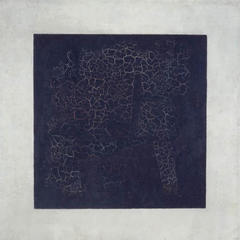-
Welcome to the eG Forums, a service of the eGullet Society for Culinary Arts & Letters. The Society is a 501(c)3 not-for-profit organization dedicated to the advancement of the culinary arts. These advertising-free forums are provided free of charge through donations from Society members. Anyone may read the forums, but to post you must create a free account.
The book "On food and cooking" says something about tempering that I do not understand.
-
Similar Content
-
- 13 replies
- 2,172 views
-
- 165 replies
- 56,813 views
-
- 17 replies
- 3,444 views
-
- 22 replies
- 5,573 views
-
- 40 replies
- 13,484 views
-
-
Recently Browsing 0 members
- No registered users viewing this page.




Recommended Posts